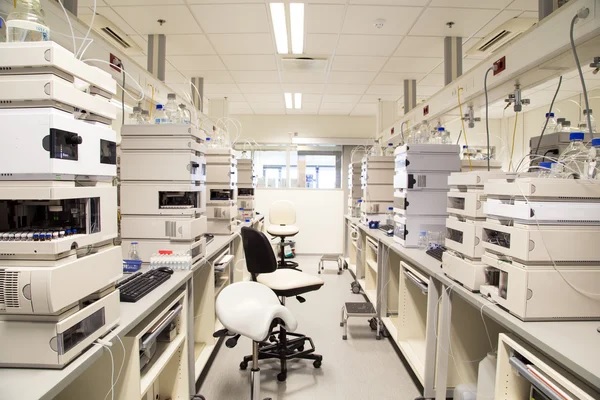
Choosing the Right Laboratory Furniture for Your Research Facility
Laboratory furniture is an essential element of any laboratory. It provides the necessary support and structure for experiments, tests, and research. The right laboratory furniture can help improve efficiency in the lab while also providing a comfortable and safe environment for work. From custom-built cabinets to storage units, there are plenty of options available to fit any lab’s needs. With the right pieces, labs can easily optimize their space while still providing ample room for equipment and supplies. With careful consideration given to ergonomics and safety features, investing in quality laboratory furniture will ensure that your lab is well-equipped for success.
Types of Laboratory Furniture
Laboratory furniture plays a crucial role in creating a functional and safe workspace for scientists, researchers, and technicians. The type of laboratory furniture required depends on the specific needs of the laboratory and the types of experiments or research being conducted. Here are some common types of laboratory furniture:
- Laboratory Benches or Workbenches: These are the primary work surfaces in a laboratory. They come in various sizes and materials, including wood, metal, or chemical-resistant materials like epoxy resin or phenolic resin. Laboratory benches often have built-in shelving, drawers, and cabinets for storage.
- Laboratory Cabinets: These storage units are used to store chemicals, glassware, and lab equipment. They can be made from materials that resist chemical corrosion and can be designed to include features like ventilation systems or fire-resistant construction.
- Fume Hoods: Fume hoods are essential for working with volatile or toxic chemicals. They provide a controlled environment that helps contain and vent harmful fumes and gases, protecting the lab workers. Fume hoods are equipped with fans and exhaust systems.
- Laboratory Carts: Carts are mobile storage units that can be used to transport equipment, supplies, or samples within the lab. They come in various sizes and configurations, including general-purpose carts and specialized carts for specific applications.
- Laboratory Chairs and Stools: Ergonomic seating is crucial for lab workers who spend long hours at benches or microscopes. Lab chairs and stools are designed to provide comfort and support while maintaining a clean and sterile environment.
- Laboratory Shelving and Racks: These are used to organize and store lab supplies, chemicals, and equipment. They can be made from various materials, including stainless steel or chemically resistant plastics.
- Laboratory Sinks and Wash Stations: Sinks and wash stations are essential for cleaning glassware and equipment. They are typically made from materials that resist corrosion and can be equipped with eye wash stations and emergency showers for safety.
- Laboratory Tables: These are specialized tables designed for specific laboratory tasks, such as microscopy, dissection, or analytical work. They often have vibration-resistant features for precision work.
- Laboratory Desks: Desks may be used in administrative areas of the lab for paperwork and computer work. They can be designed with built-in storage and cable management systems.
- Safety Equipment: This includes safety showers, eyewash stations, fire extinguishers, and safety cabinets for storing flammable materials. While not furniture in the traditional sense, these items are essential for lab safety.
- Cleanroom Furniture: In environments that require strict control over contamination, such as semiconductor manufacturing or pharmaceutical research, specialized cleanroom furniture is used. This furniture is designed to minimize particle generation and facilitate easy cleaning.
- Laboratory Islands: These are standalone workstations often used in the centre of the lab. They provide additional workspace and storage while allowing multiple researchers to work together.
The choice of laboratory furniture depends on the specific needs of the lab, including the type of research or experiments being conducted, the chemicals and equipment used, and safety requirements. Properly designed and maintained laboratory furniture is essential for the safety and efficiency of lab operations.
Conclusion
In conclusion, laboratory furniture is essential for a safe and productive work environment. It should be designed with ergonomics and safety in mind, as well as the specific needs of its users. Quality materials should be used to ensure durability and functionality. With careful planning, laboratory furniture can provide comfortable working conditions while also meeting the needs of research and development projects.

